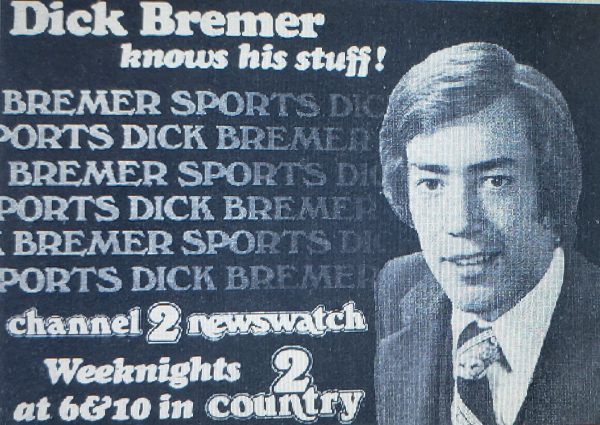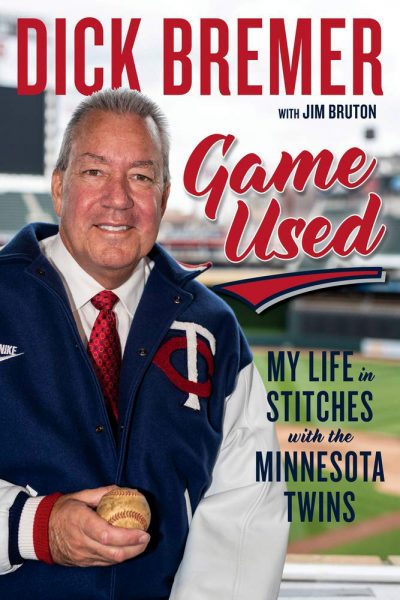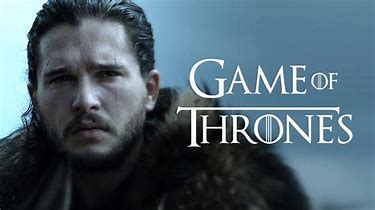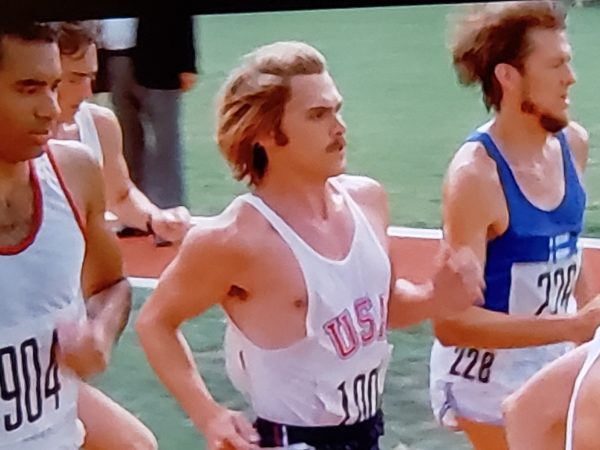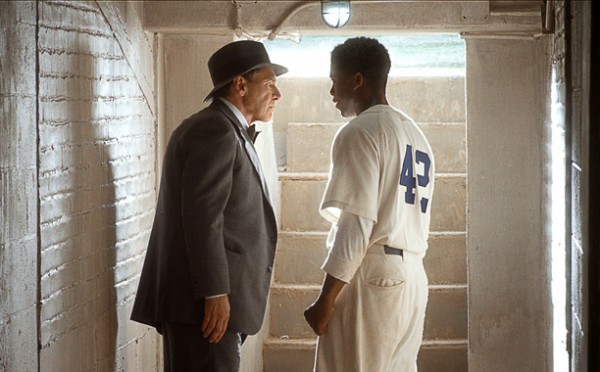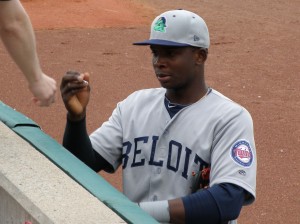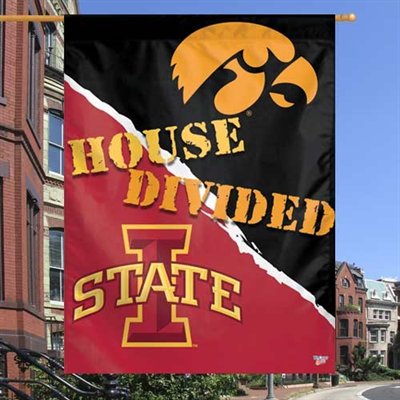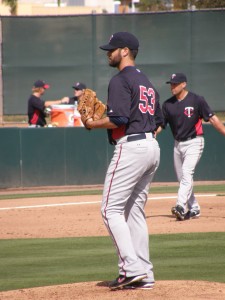Welcome to Knuckleballs.
I was going to say “Welcome back to Knuckleballs,” but let’s be honest… many of you weren’t even aware this blog existed.

It’s been going on three years since I (that’s me up there on the byline… “Jim Crikket”) posted an article here. In 2020, I used this site as a vehicle for sharing my interest in sports betting, and to provide updates on the surgery I underwent that resulted in a plate and a couple of screws being put in my left foot.
Before that, my co-founders and I wrote primarily about Minnesota Twins baseball here. Then we got lives.
This article isn’t about any of that, however.
This is about my new career. Or new avocation. Whatever it is.
I have become an author. In fact, given that I published my first novel through Amazon in April and I already have a second book available and a third that should be published in less than two weeks, I think I can rightfully claim to be a prolific author.
Based on early sales volumes, however, James Patterson has little to be concerned about with regard to losing market share to S.D. Buhr.
That’s okay.
So… you may be wondering why I decided to do this, if not to make money.
It’s a fair question. And it’s not that I’d mind generating a little income from this venture. It’s not inexpensive to self-publish books, so please know I appreciate everyone who’s supported me by buying my books. I genuinely want the books to be read. I’d love to get them into some libraries, as difficult as that can be to accomplish for an independent author.
But I didn’t start doing this to make millions of dollars (although I’ll answer the phone if Netflix ever calls). In fact, at the onset of this project, I honestly never intended to publish any of what I was writing.
Remember 2020? It sucked.
For me, the sucking started in 2019 when I broke my foot while I was hanging out at the condo in Fort Myers between Thanksgiving and Christmas. The resulting surgery already had me laid up for several weeks BEFORE we all got virtually locked down for COVID the following March.
Somewhere during that stretch–I don’t recall exactly when–I decided to start writing a story. The purpose, frankly, was to keep my mind from turning to mush.
I had enjoyed a retirement life that involved family, friends, golfing, travel, attending minor league baseball games… and writing about minor league baseball.
Then, just like that, spending time with anyone outside the immediate family you lived with was discouraged, for everyone’s safety. Travel was out of the question. Golfing was okay, to degree, although I certainly did much less of it. And after professional baseball shut down spring training that March, minor league baseball literally ceased to exist.
So, with no minor league baseball to write about, I decided to write about something else. I just wasn’t sure what that should be. They say you should write what you know. Great advice, unless you’re someone who really doesn’t know enough about anything to write about it.
But I decided there was one thing I did know about. I knew what it was like to grow up a high school coach’s son. I knew what it was like to be a teenager in the late 1960s and early 1970s. I knew what it was like to be uprooted by my parents from my southern Minnesota hometown and dragged kicking and screaming to a smaller town in northcentral Iowa.
So that’s what I began to write about.
For a short time, I started writing about my actual life in Albert Lea, Minnesota, back in 1968. About half an hour later, however, I got bored with that. I realized my life simply wasn’t all that exciting. I was just a kid, like every other kid in the neighborhood.
That’s when I decided to make stuff up. That was a HUGE decision. It made writing a lot more fun and, I truly believe, it made the story a lot better!
Over the following several months, I wrote. I wrote about this poor kid having to move away from his friends (including his first crush) and into this strange world in his new Iowa hometown.
Naturally, the early life of the protagonist (we’ll call him “Du” because that’s what I called him in the book) parallels the author’s life (that’s me, by the way) in some ways. But not many. Honest… I had to make 99% of the story up because my reality (while I enjoyed the heck out of it when I was living it) just wasn’t the stuff that makes for a good novel.
I wrote what I felt was a nice story, ending with the first date between Du and one of the girls in his junior high school class.
It took maybe three months, but it was done.
I didn’t know what to do next. I never intended to show it to anyone. I didn’t even tell my family I was writing it!
But I kind of liked the characters I had created. Some–not all–of them were based VERY loosely on people I knew back then. If you happened to know my parents, you very well might recognize some of my real parents’ mannerisms, language, etc. But the parents I created were not my real parents. They were almost caricatures of my real parents. And, frankly, not particularly flattering caricatures in some ways.
The same might be true of some of the friends I grew up with. Some of the characters in the book share mannerisms, family backgrounds, hair color, etc., with people I grew up with. But the characters themselves… what they do and what they say… that’s all fiction.
Not to mention, I discovered quickly that even if I had wanted to write a character for every friend I grew up with back then, there wasn’t room. There may have been times when I was a teenager that it didn’t feel like I had many friends, but when I started writing, I figured out very quickly that there would only be room for a limited number to play significant roles in the book. So that’s when I learned, first hand, about consolidating characters.
In my real life, the kids I played baseball and basketball with were not necessarily the same kids with whom I did all the other crazy stuff I did back then. But for the sake of keeping things from becoming unwieldly, in Du’s world, the guys he played basketball with were the same guys he raced cars and rode motorcycles with.
What’s that you say? Thirteen year olds don’t race cars and ride motorcycles? I’m glad you brought that up.
So, after I finished the story and STILL had no minor league baseball to go see, I decided to just keep writing.
First, I wrote about what happens to Du on the day AFTER that first date. And the week after that. And the month after that. And the year after that.
It was early during this period that I made a decision. I’m not sure I would make the same choice if I were starting over today. I not only tried to make sure I never used any real names of anyone in my life (for obvious reasons), I also changed the names of the towns where most of the story takes place.
Why do that? Was I ashamed of having grown up in Albert Lea, Minnesota, and Webster City, Iowa? Not for a moment. I cherish the memories I have of living in both towns, and the friends I had in each.
But with this being a work of fiction, there were instances where I needed (or at least strongly desired) a feature in a park, or at a lake, or in a school, that did not actually exist in the towns I grew up in. So, I exercised literary license and changed the names of some of the towns.
So my friends from Webster City can’t read something and say, “Hey, we didn’t have that store or anything like it when we were growing up there.”
I also was toying with the idea of Du, once he was in high school, making frequent trips back to his old hometown in Minnesota to visit friends, so I sort of “relocated” the fictional version of my real hometown of Webster City to a geographical location much closer to the Iowa/Minnesota border.
I didn’t end up doing anything much with that kind of story arc, however, so I probably wouldn’t have had to do that. I could have gone back and “moved” the town closer to where Webster City is located, but by then I was a year (and a million words) into this deal and the thought of trying to do that gave me a headache.
Plus… like I’ve said… NOBODY was ever going to read any of this anyway! So who cares where the towns are located or what they’re called? I KNOW. Nobody else will need to.
Anyway, by the time we were coming out of that COVID lockdown, our boy Du and his friends had graduated from high school… and I had a “book” that had more words than War and Peace. I’m serious. I looked it up.
Did I let that stop me? Hell no. I kept writing until Du and some of his friends had managed to graduate from college, get married, and have a couple of pretty cool careers. Now we were up to twice the number of words in War and Peace.
But at one point, I encountered a problem.
There came a point in the story… I think when Du was in college… where I thought it would be really helpful to insert a chapter from the perspective of one of the women in his life at that time. When I was done writing that, I liked it. So I wrote another similar chapter to insert at another point where I felt it was helpful.
Now that cat was out of the bag, Pandor’s Box had been opened, and all those other similar cliches you want to try to avoid using when you write, but end up using anyway.
But I went back to the beginning. And I inserted chapters from the perspectives of the girls he went to junior high with. And the girls he went to high school with. And the women he met during his college years. And his wife.
That, my friends, is how you take a story that’s already at War and Peace levels and jack it up to three times that size.
It’s also how you turn a three-month project into a three-year (and counting) project.
But for a long time, the length simply didn’t matter to me. I was just writing it because I enjoyed doing it. I became very attached to almost all of the characters. It took almost no time at all for them to completely escape any remote resemblance to any of my friends who may have at least partially inspired them. They all had lives and personalities and hopes and fears and strengths and weaknesses of their own.
And that particularly includes Du, the protagonist. He was never me. Not really. But he became his own man, long before he reached manhood. He tried. He failed. He made mistakes. He was hurt. He hurt others, including those he loved. He was a product of the environment he grew up in.
Speaking of that environment, as I continued to write, something I really enjoyed doing was incorporating references to iconic moments in history from that era, and references to our music in particular. I would hear a classic song and think, “Oh, I know a great spot where I can reference that song in the story!”
Often, those thoughts would come to me in the middle of the night, and I’d have no recollection of them the next day, but occasionally I’d manage to remember to plug it in where I wanted it.
Anyway, once I had the story “done” (I put that word in quote marks because I know this story won’t be done until I’ve published the final book), I began to have some thoughts about sharing it. As soon as I started down that path, I had a problem.
It was probably too long.
Unless…
That’s how “The Du-Over” went from an insanely long book to being the first book in the “Growing Up Barely Boomer” SERIES of novels.
Of course, that meant I had to go back and chop the story into book-sized units, with each book having an ending that at least made SOME sense. I’m not big on cliffhangers, so I tried to minimize those. But you also want to leave the reader with enough interest to wonder about what happens next.
So, that’s where we are today. It’s also why I can kick out a new book every couple of months instead of maybe one or two a year like a normal author. The story’s over (for me). I know what happens to every character from junior high to adulthood. Sure, I could (and certainly will) make some additional changes. But the time involved between each book is mostly a factor of getting them into a final version I’m happy with, having my wife read through it, then getting it in the hands of my editors, who take what I write and turn it into something readable.
Here’s the thing, though… and I’m sure you’ll be devastated by this… I’m not sure I’m going to actually publish all of the books.
I’ve made a commitment to myself to publish nine books. That gets Du and the rest of these crazy kids through their high school graduation. Maybe that’s enough. Maybe it’s enough that I know what happens to them after that. I’m not sure.
After all, I’m pretty sure that even those friends I grew up with who have been very supportive and kind in their assessments of the first couple of books in the series probably took one look at the picture of nine book covers and said something along the lines of, “That idiot is writing NINE books? I was all for one of them. That was nice. But NINE? Listen, just because I dated that loser for a couple of months in high school, I’m not going to buy NINE freaking books! After all, I dumped his ass for a reason back then. I didn’t want to keep listening to him talk. I sure don’t want to turn around and read a million words he’s written!”
And I get that.
But I’m going to publish them anyway. And years from now (hopefully) when I’m no longer around, there will be at least nine books out there somewhere that my grandkids can point to and say, “My grandpa wrote that story.”
I can happily live with that.
And now you know why I’m doing this.
Steve
P.S. If you’re feeling like doing some reading, you can find my Amazon author’s page here. You can also keep abreast of news concerning my writing on Facebook here. I’m hoping to make appearances at a few more author events/shows this summer and fall, and I’ll be announcing those appearances on that Facebook page. If you’re anywhere near my old stomping grounds in Webster City, Iowa, put September 14 on your calendar. I’m scheduled to make an appearance at Kendall Young Library at 6 p.m. that evening.

